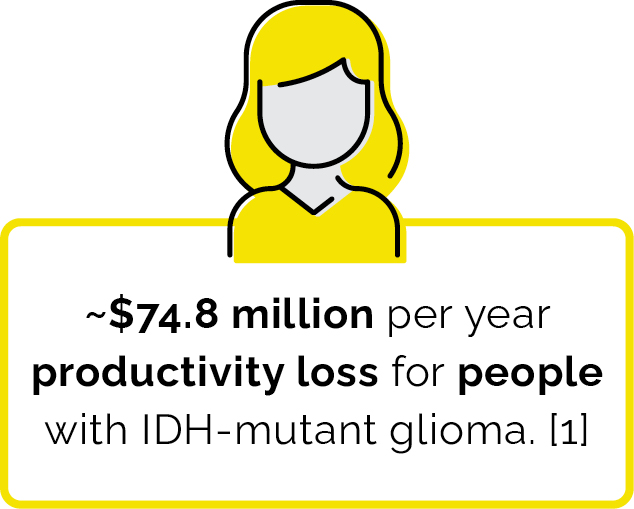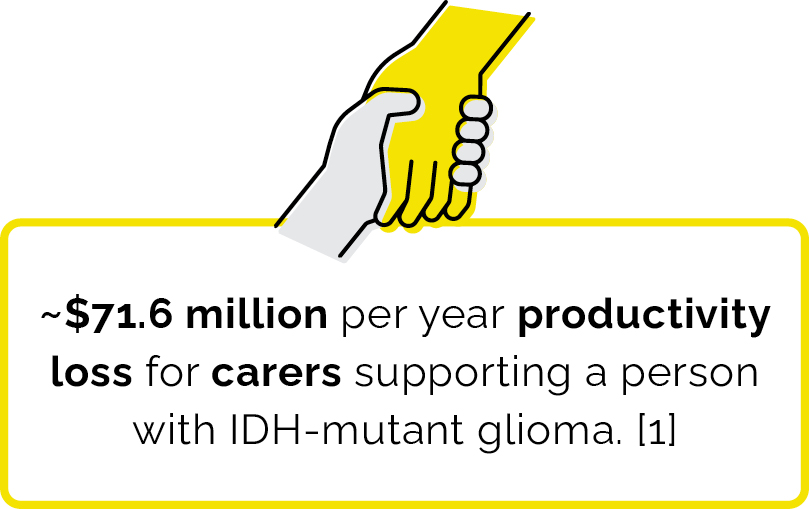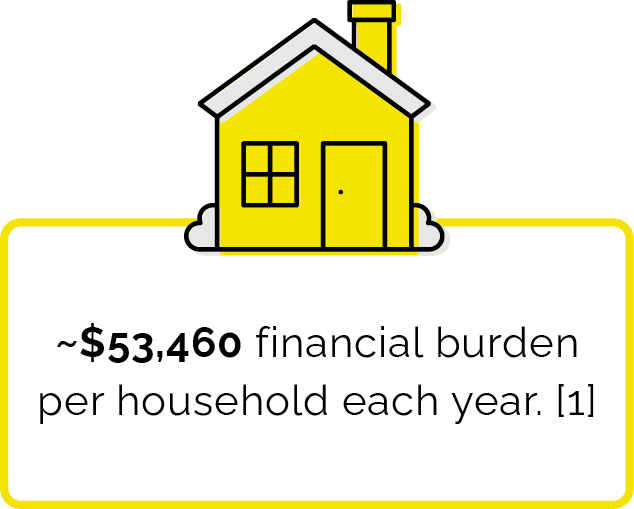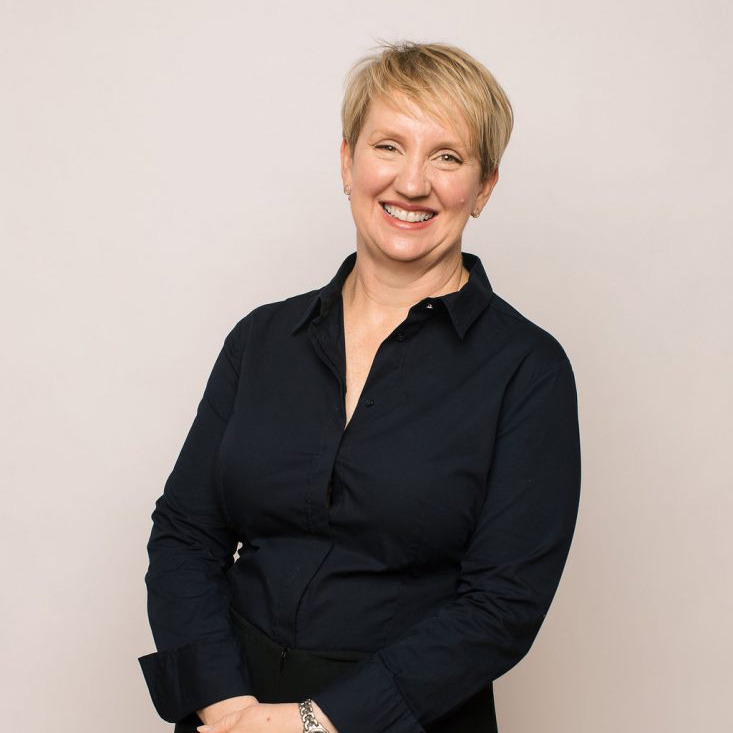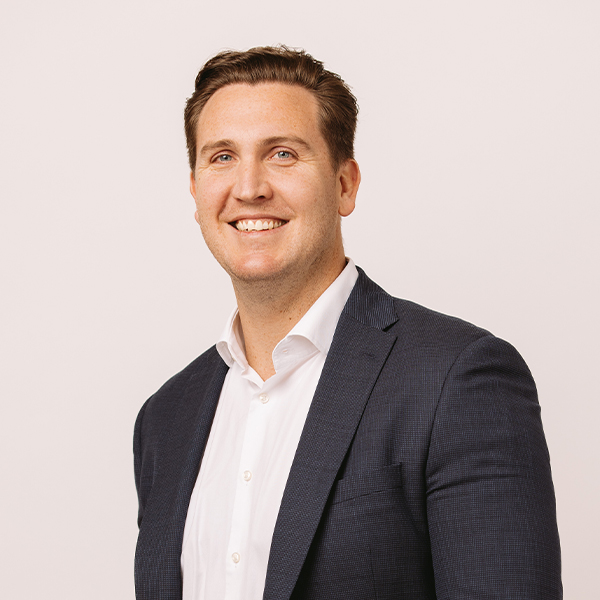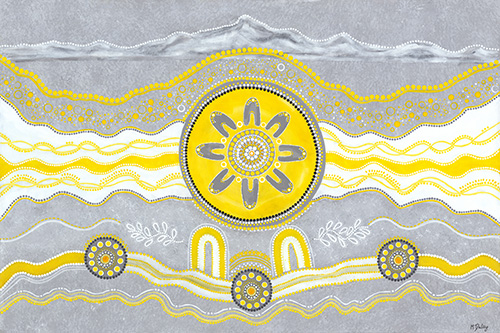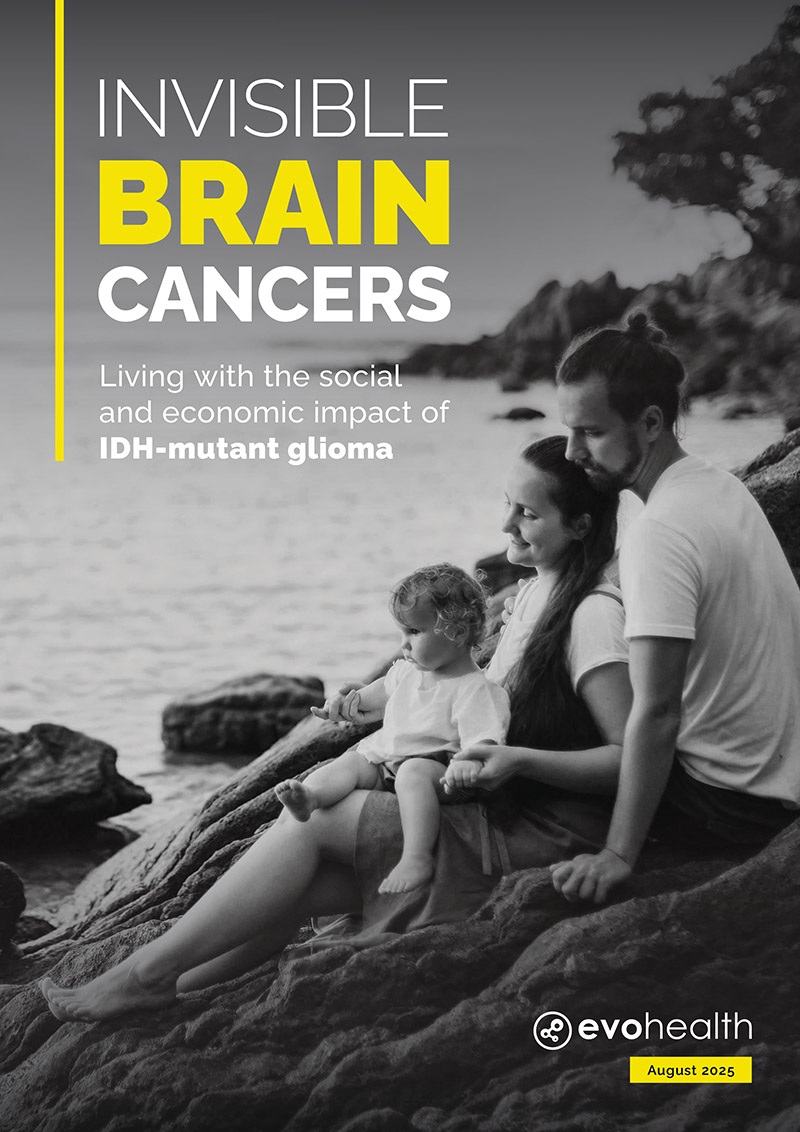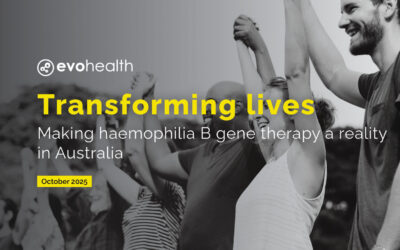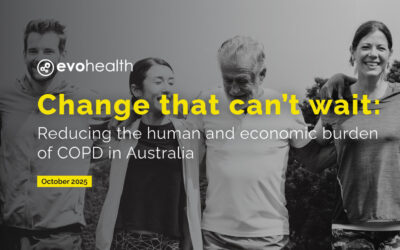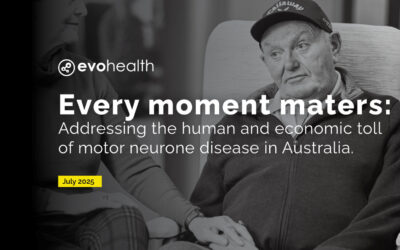Invisible brain cancers:Living with the social and economic impact of IDH-mutant glioma
For far too long, the impacts of isocitrate dehydrogenase (IDH)-mutant glioma, a rare and incurable brain cancer, have been overshadowed by better-known brain cancers like glioblastoma (GBM).
Yet, in 2024 over 3,000 Australians and their families lived with the effects of IDH-mutant glioma. [1] In fact, it is the most common malignant primary brain tumour diagnosed in adults under 50 years of age. [1, 2]
“This is a young group of people who, at the peak of their lives, and in their most productive years, are diagnosed with an incurable cancer. The impact on them is severe, devastating, and it’s not recognised at all.”
– Professor Hui Gan, Medical Oncologist
IDH-mutant glioma is a chronic and relentless cancer that disrupts the lives of young Australians, imposing profound physical, emotional, and financial burdens.
Despite its devastating impact, progress in diagnosis and treatment remains stagnant, psychosocial support is inadequate, and systemic gaps leave many patients and carers without guidance and comprehensive support. Our report, Invisible brain cancers examines these critical challenges and highlights the urgent need for action.
“There’s not much follow-up from the health system. When [patients] are not in active treatment, they’re in limbo. We hear regularly that, ‘unless I call my oncologist, my neurologist, my clinicians directly, I will go six months before hearing from anyone’.”
– Bec Mallet, CEO and Founder of Peace of Mind Foundation, and brain cancer patient advocate
“Baseline neuropsychological assessments are absent for this patient group, despite the critical need to understand and address their almost-certain cognitive decline over the course of their disease.”
– Professor Haryana Dhillon, Behavioural Scientist
We know people living with this chronic cancer do so in silence, with a disease that is largely invisible to, and outside the reach of, current government policy and action. Our expert Advisory Committee have devised five recommendations that, if actioned, can transform the experience of people living with IDH-mutant glioma from one of invisibility to one of empowerment and support.
Acknowledge and invest in the long-term treatment, support and research funding needs of IDH-mutant glioma as a chronic cancer within the Australian Brain Cancer Mission.
Recognise IDH-mutant glioma in National Disability Insurance Scheme and Department of Social Services criteria as a condition causing permanent disability to streamline access to financial support for patients living with IDH-mutant glioma, their carers and families.
Develop and fund a national Brain cancer care coordinator model.
Develop a consensus statement to define the patient pathway, including treatments, monitoring, supportive care and workforce requirements needed to provide optimal care for Australians living with IDH-mutant glioma.
Develop a clinician-led submission to the Medical Services Advisory Committee for Medicare Benefits Schedule funding to improve access to rehabilitative and psychosocial care for chronic brain cancers.


